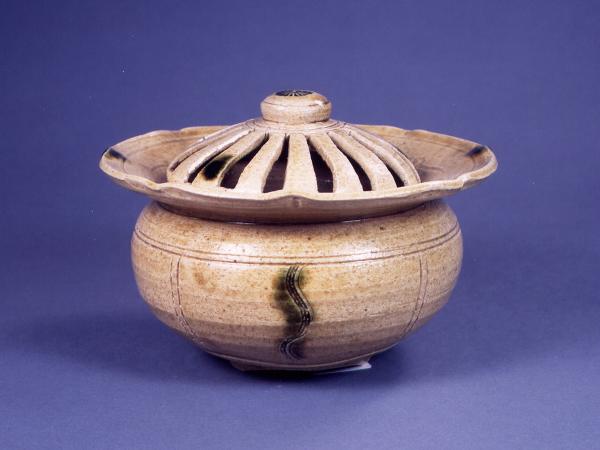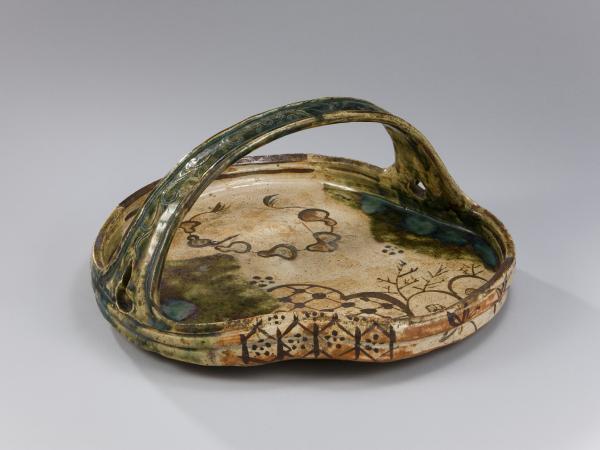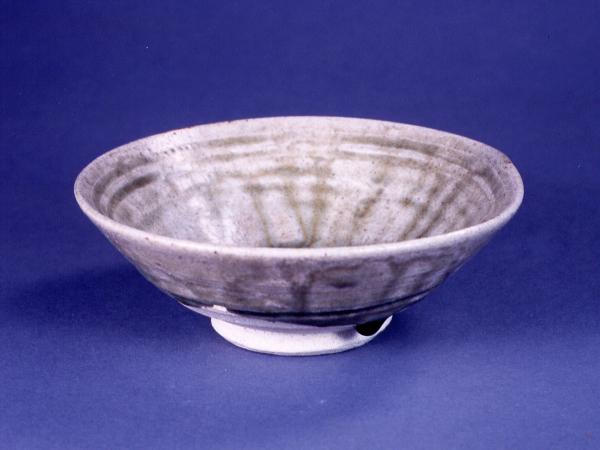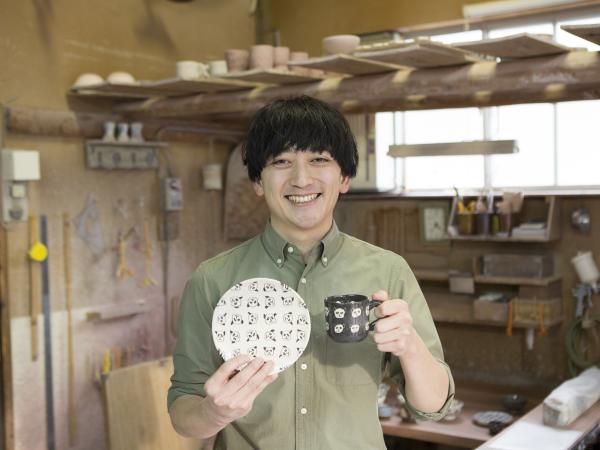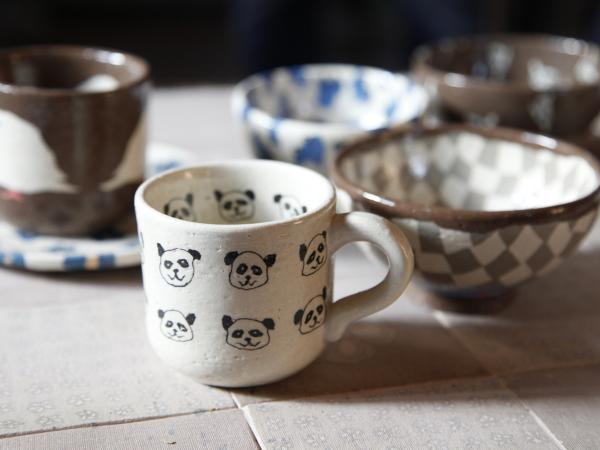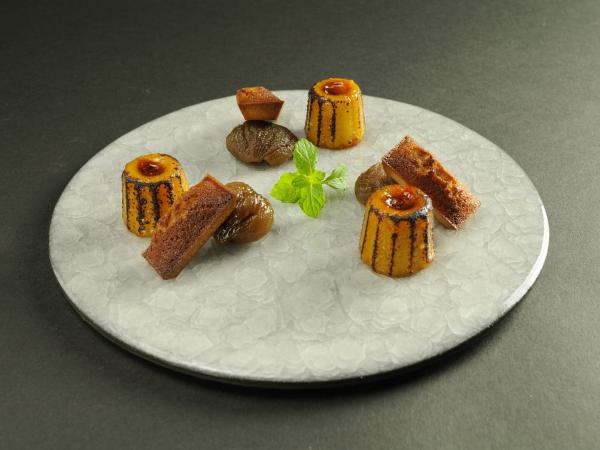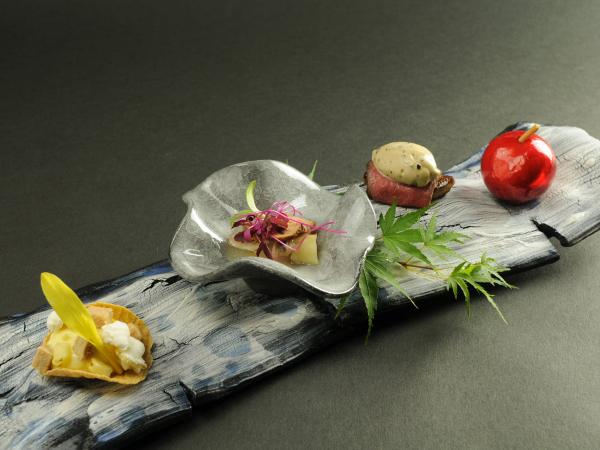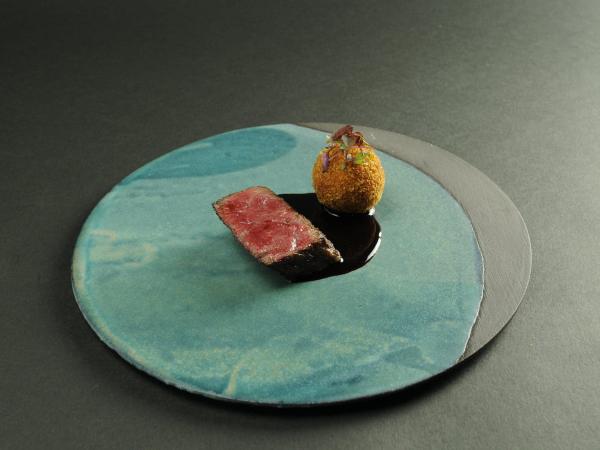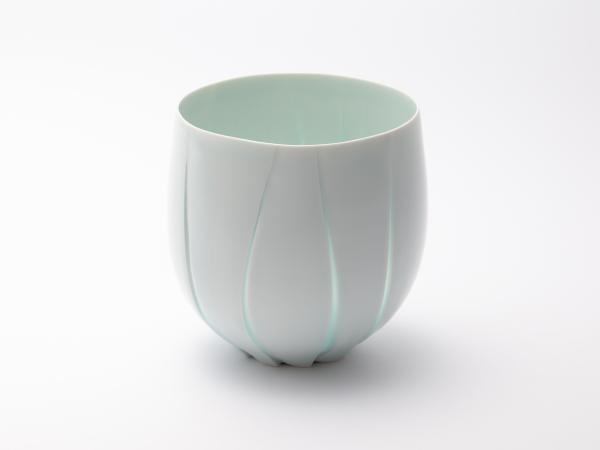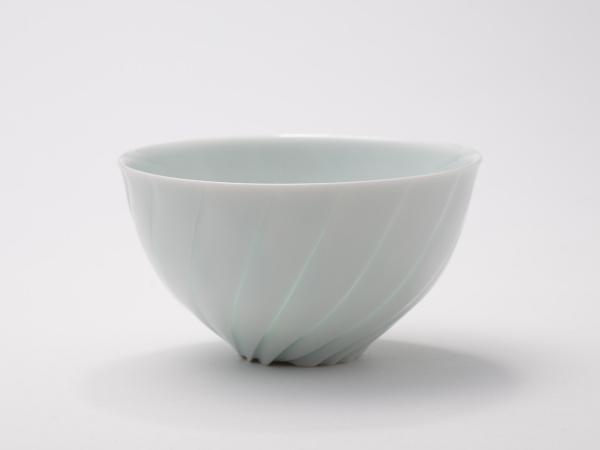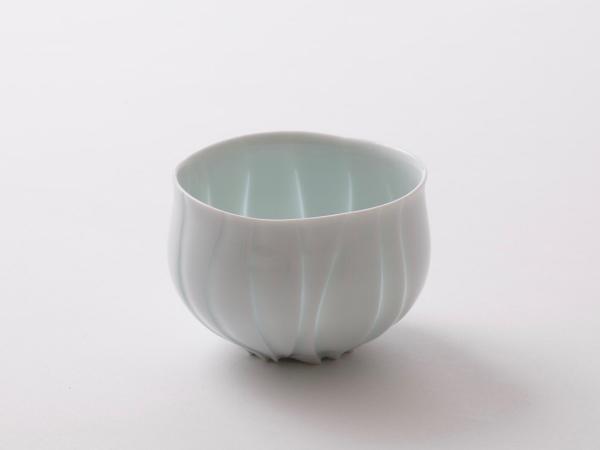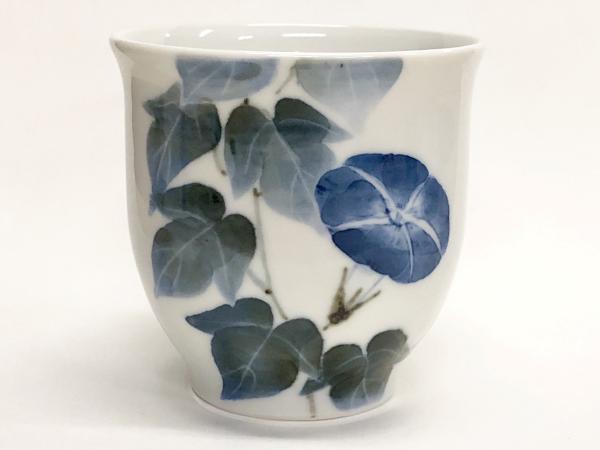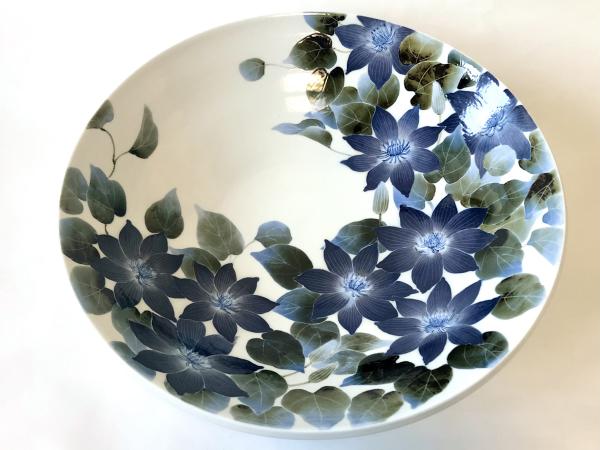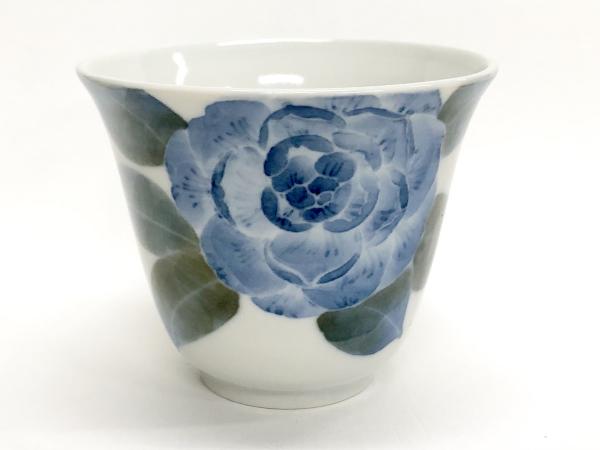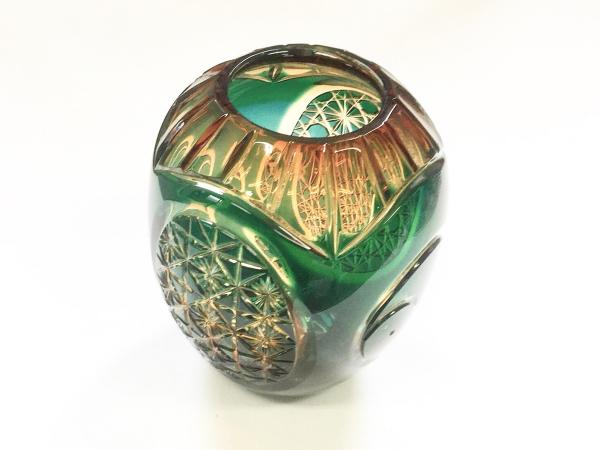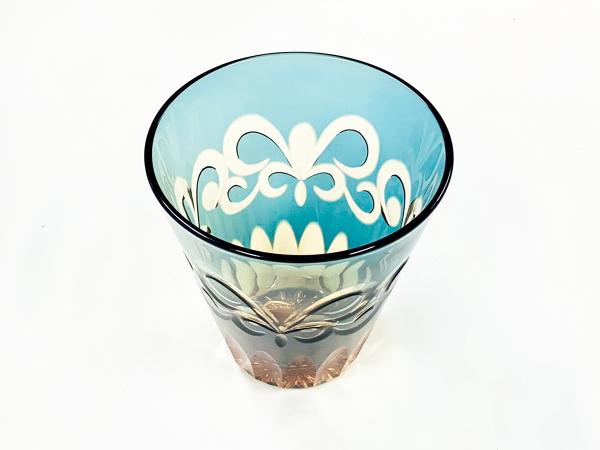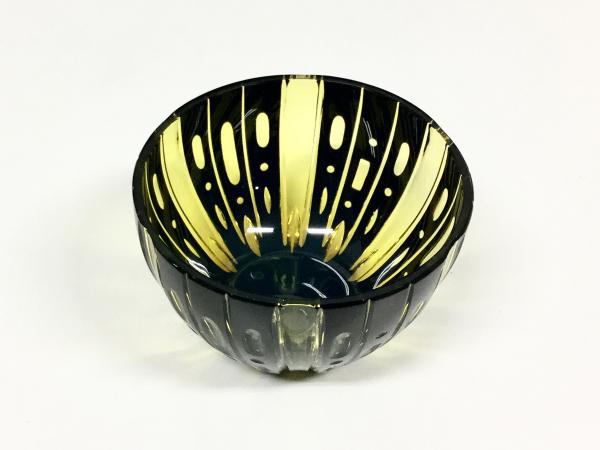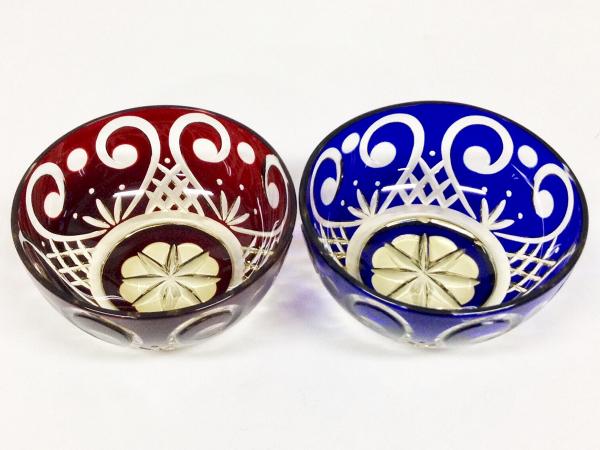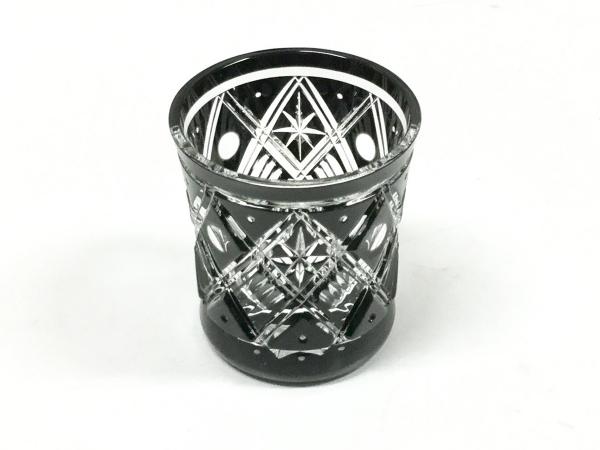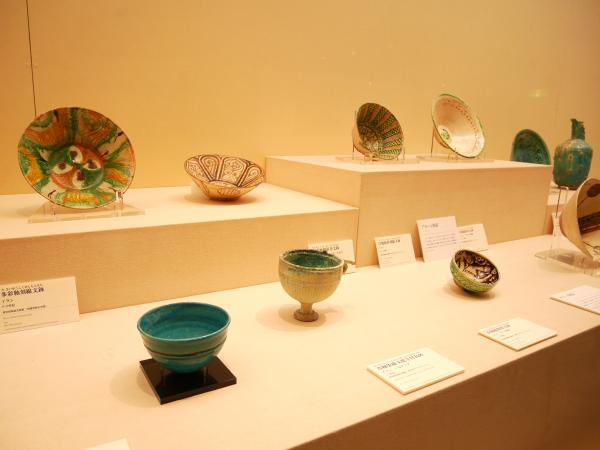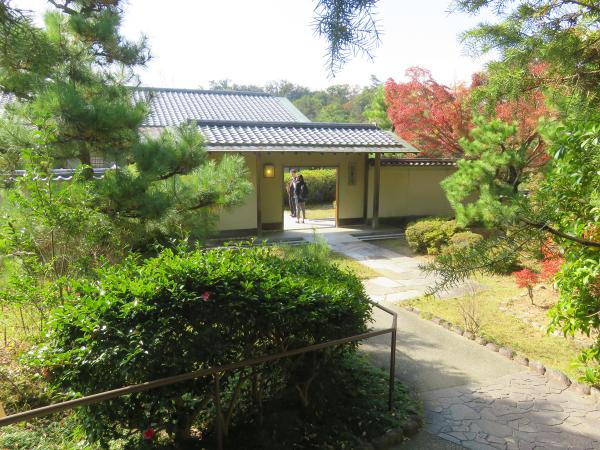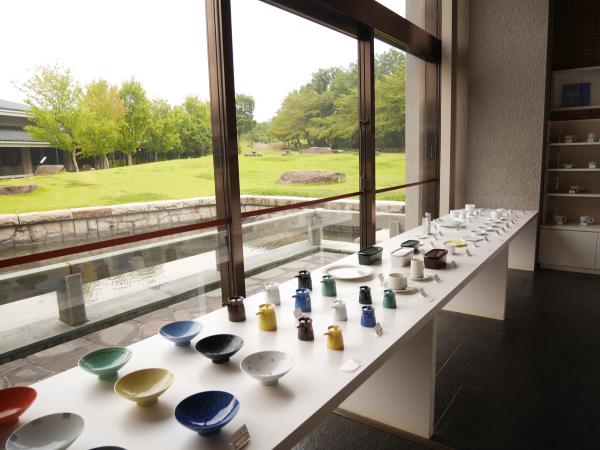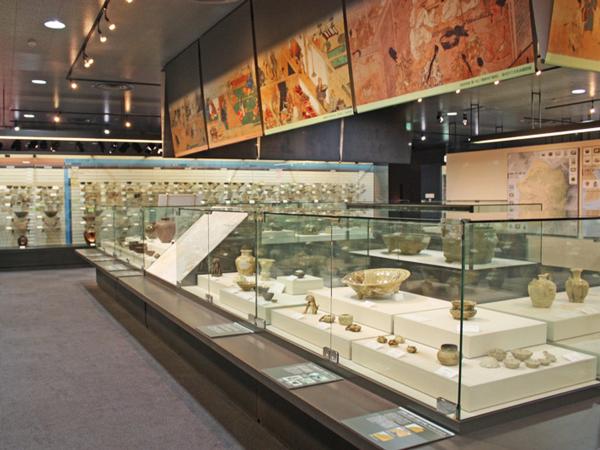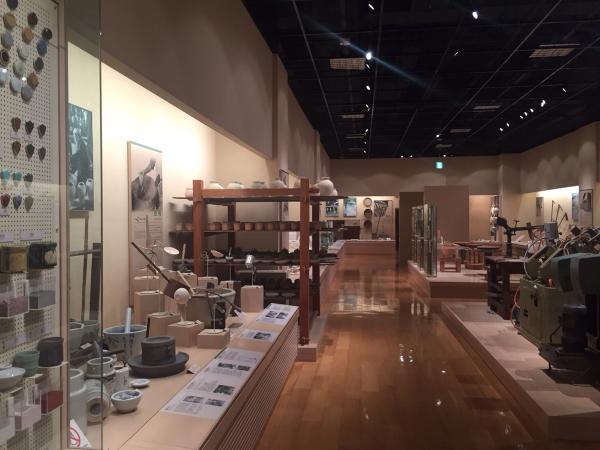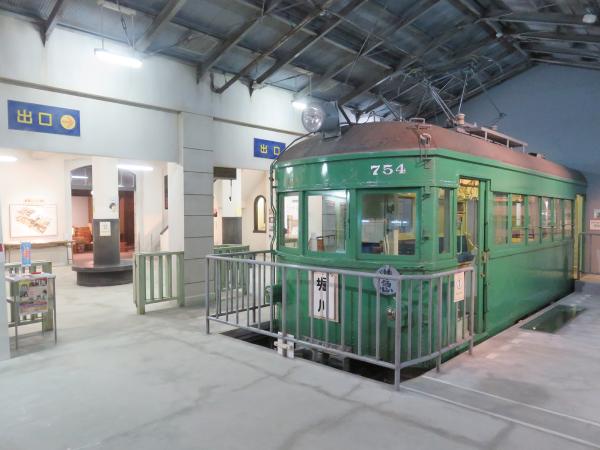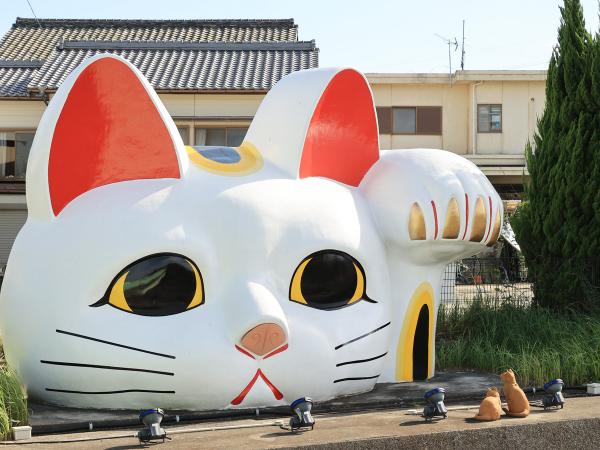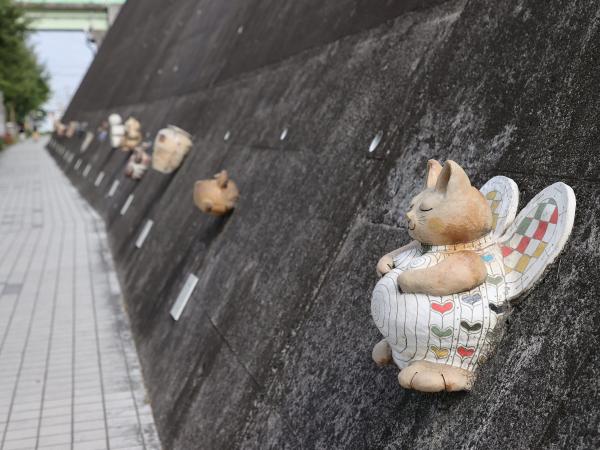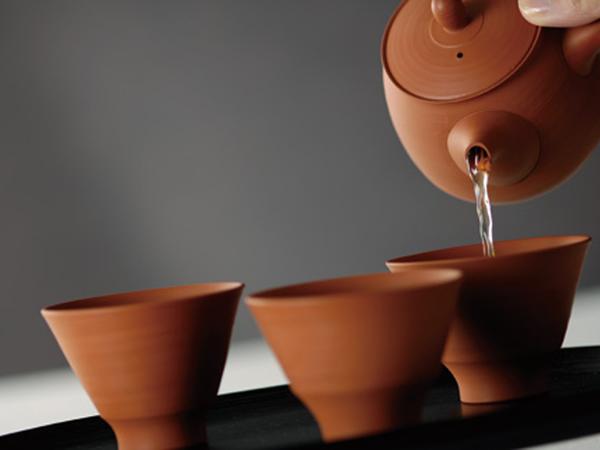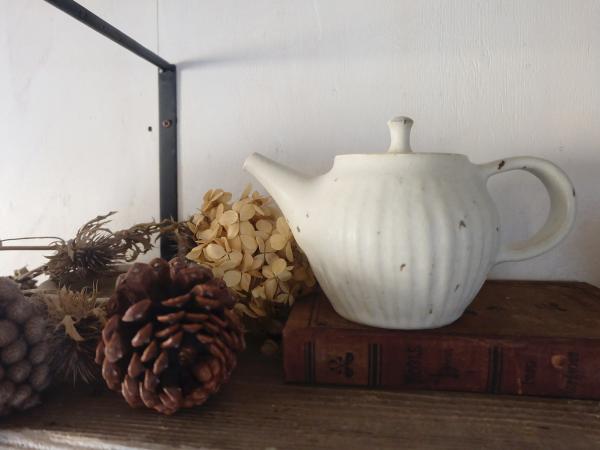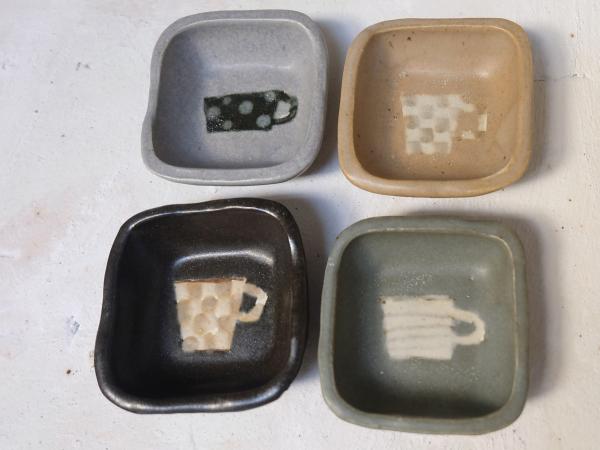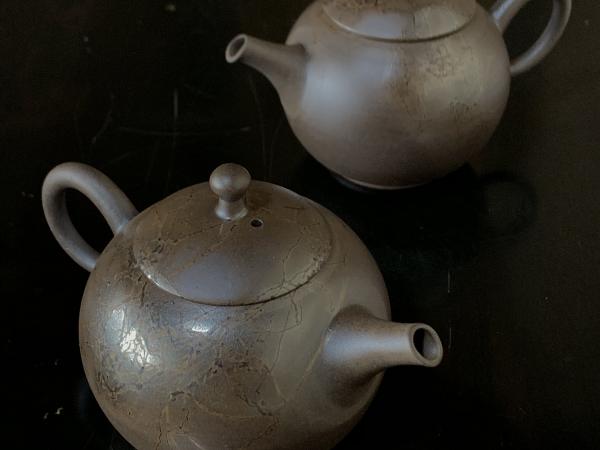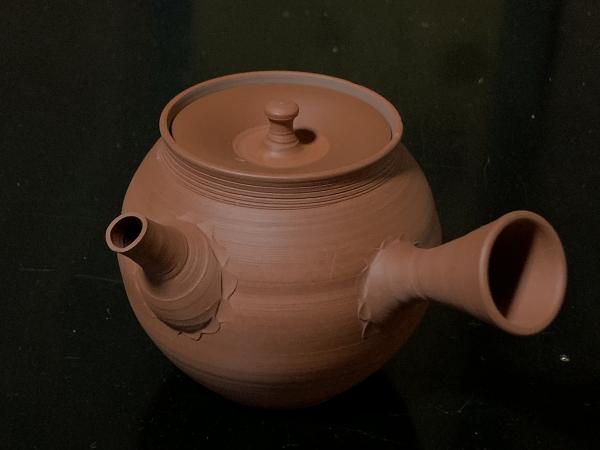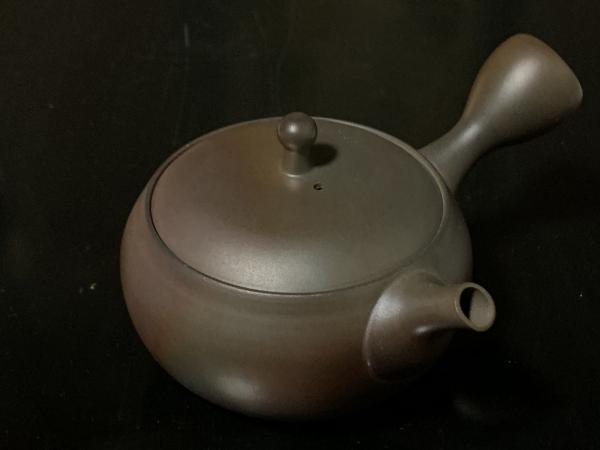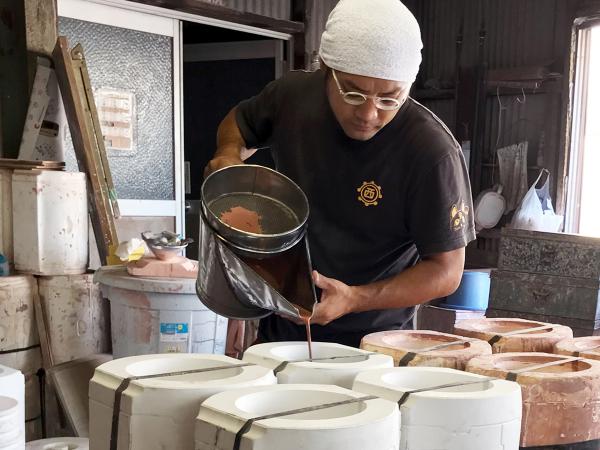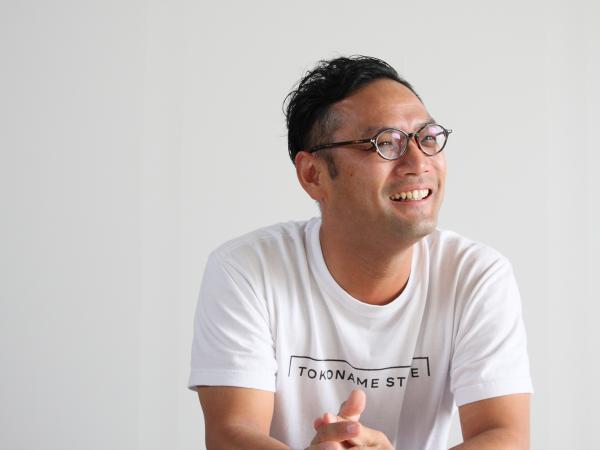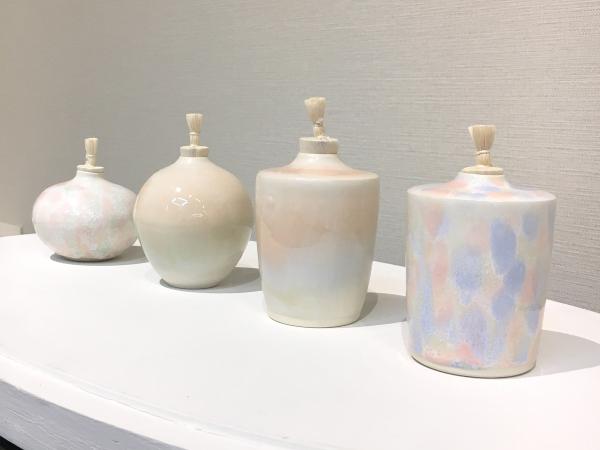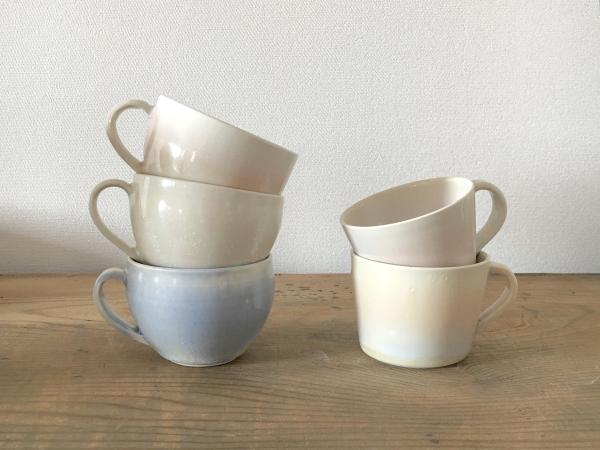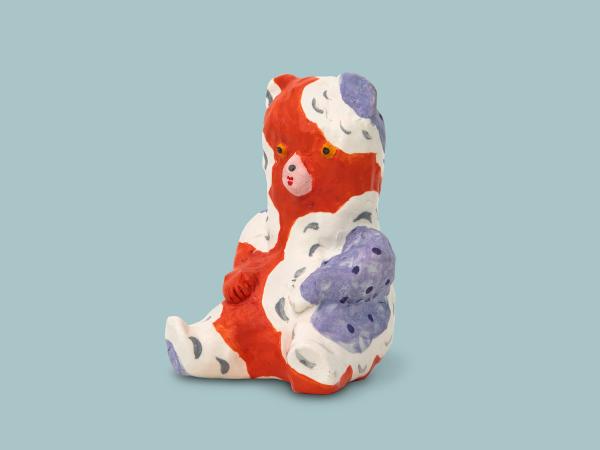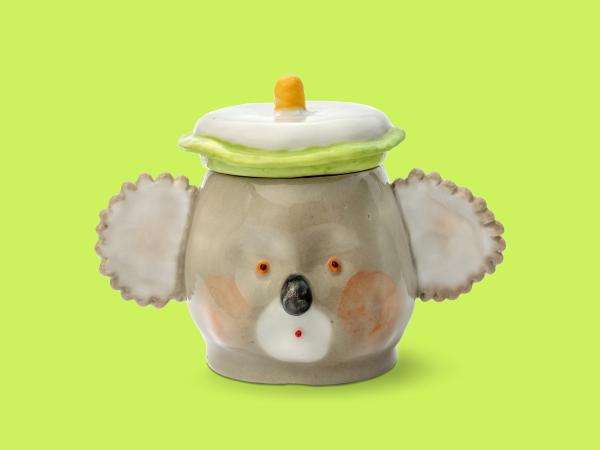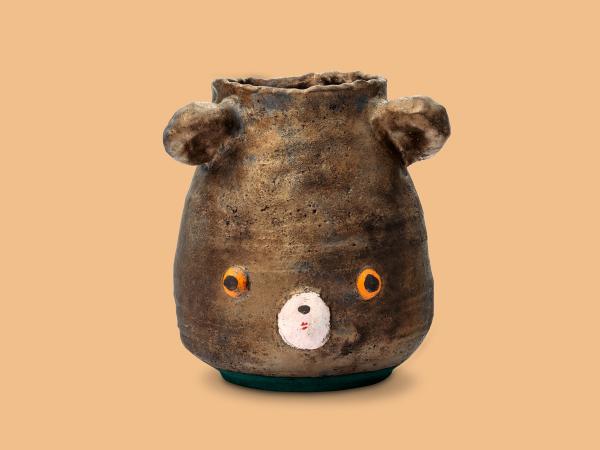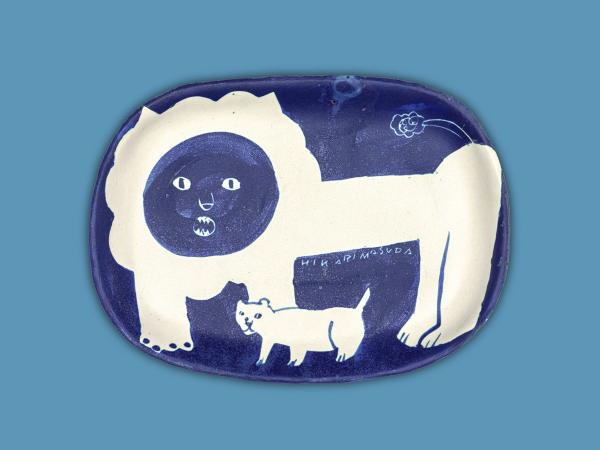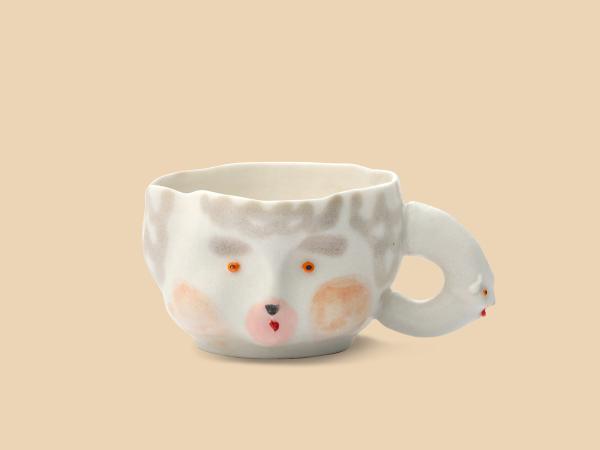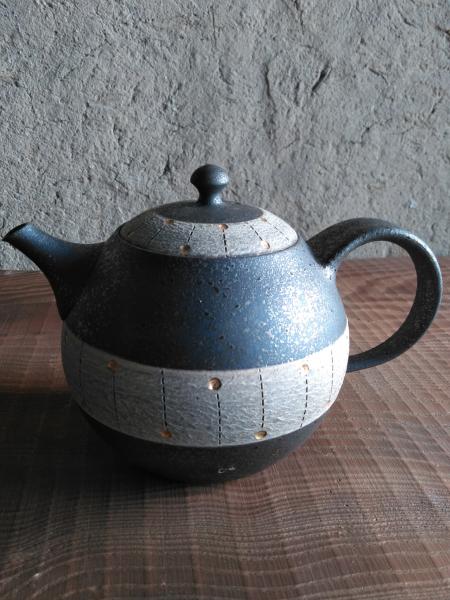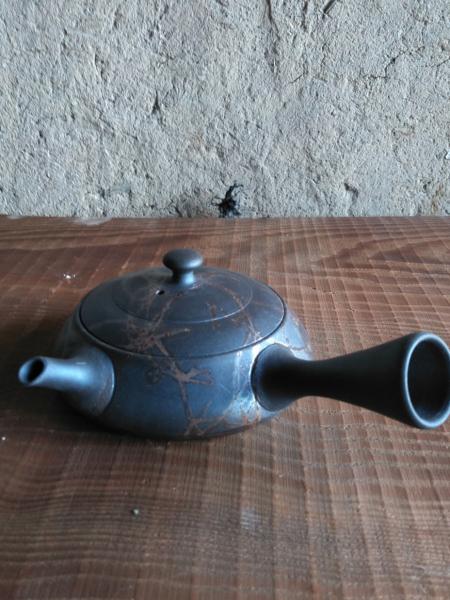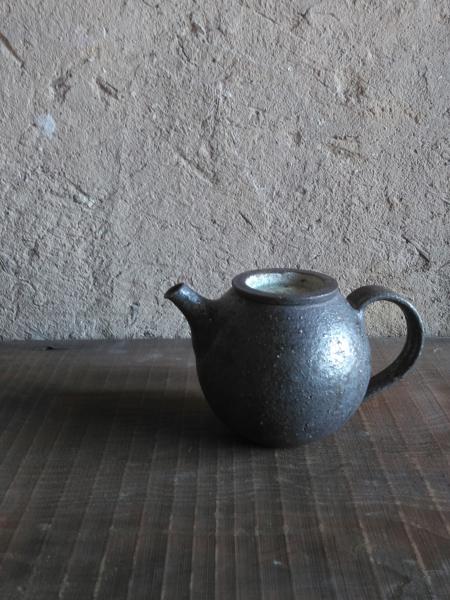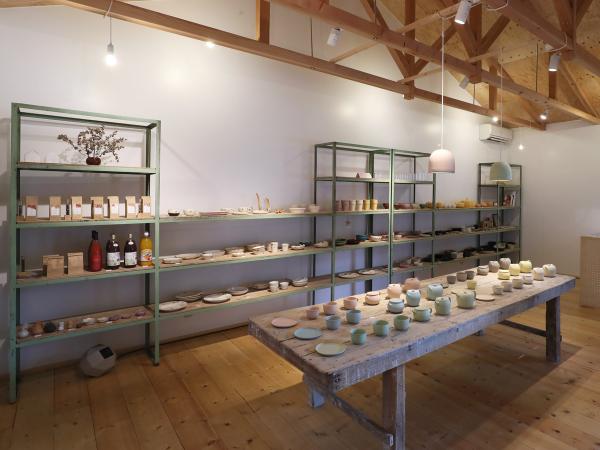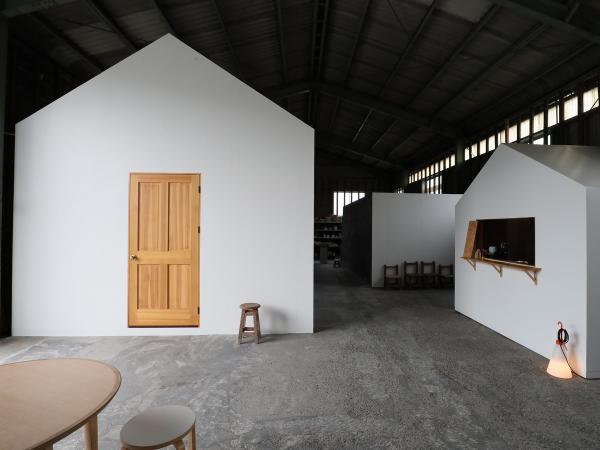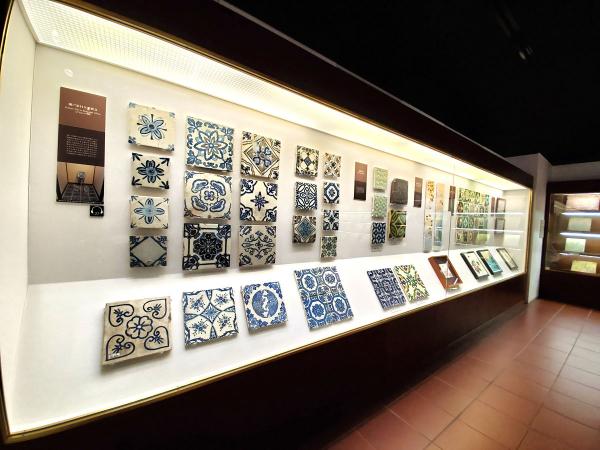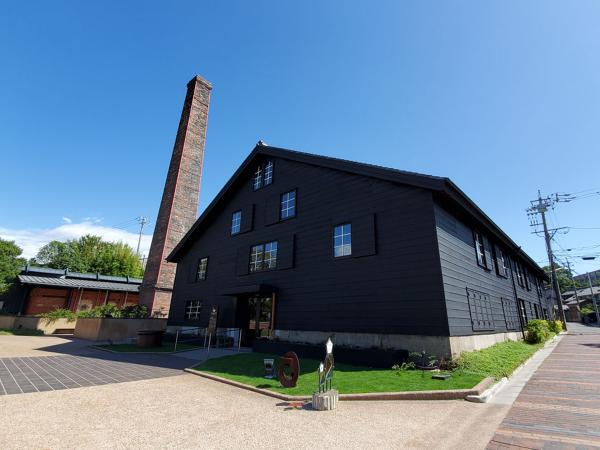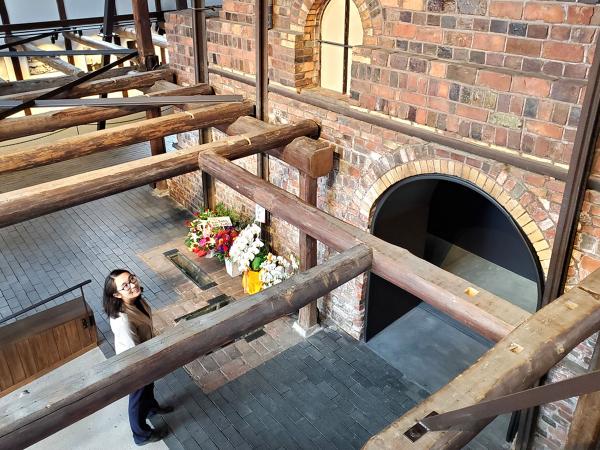Seto and Tokoname, Japan’s Representative Pottery Production Areas and Designated Japan Heritage Sites
Seto, Tokoname, Echizen, Shigaraki, Tanba, and Bizen are referred to as the Six Ancient Kilns, pottery production areas that have passed down Japan’s ancient techniques from medieval times to the present day. As written about in the column “Fall in Love with the Six Ancient Kilns – Pottery Production Areas Originated and Developed in Japan,” the distinctive pottery cultures that took root in these six places were recognized as Japan Heritage sites in the spring of 2017.
Seto, the Roots of “Setomono”
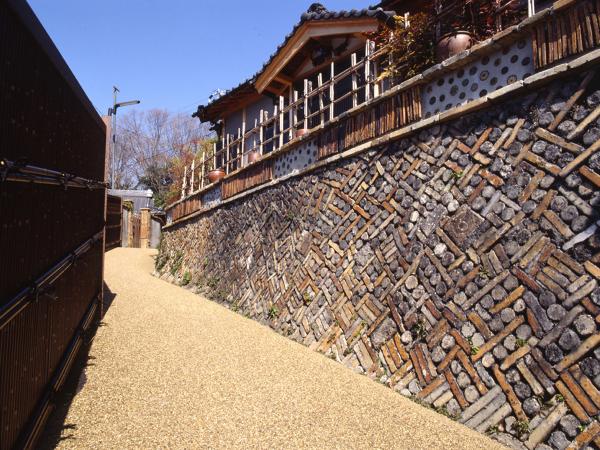
The word “Setomono” is a generic term for ceramics in Japanese, an indication that Seto has long been famous as a place for pottery production. In the Kamakura period, Shirozaemon Kagemasa Kato studied pottery techniques in China and established the first kiln in Seto, causing the beginning of Seto ware.
However, Heian period kiln sites remain that date back even earlier. From the end of the Heian period through the Muromachi period, the Six Ancient Kilns were the only places to manufacture yellow glazed ceramics known as “kiseto.” In the Edo period, the production of porcelain also began, establishing Japan as one of the best places for ceramics.
Nerikomi Revivalist, Tomoro Mizuno
The traditional ceramic art technique of “nerikomi” is designated as an Intagible Cultural Property of Seto City. This technique involves kneading clay of different colors and layering them to form motifs, similarly to the way sushi rolls are made. Tomoro Mizuno is a young potter whose cute, modernistic designs are also receiving attention from abroad. One of the appeals of his work is how the design that appears when you slice through the clay is never the same twice, and the fun of seeing the end result makes his works all the more engaging.
Crackle Creator, Miho Yanagimoto
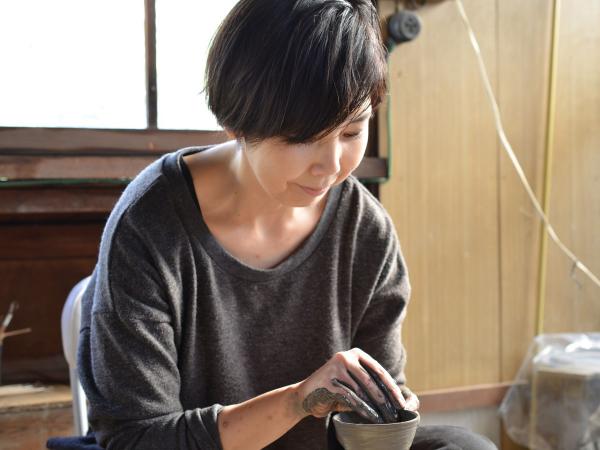
Used at the well-known French restaurant Glycine that opened in Nagoya TV Tower, Yanagimoto’s ceramics are made with a technique known as “hyoretsu kannyu.” This collaboration between French cuisine and Seto ware came about when the head chef happened to see Yanagimoto’s Facebook page and wanted to try arranging food on her extensive collection of ceramics.
Hyoretsu kannyu is a type of crackle technique that results from different contraction rates between the clay body and the glaze. After firing, cracks appear on the surface of the glaze during the gradual cooling process. An elegant, translucent appearance resembling fractured ice or rose petals emerges on Yanagimoto’s ceramics according to delicate adjustments in the combination of clay and the thickness of the glaze.
Master of Mysterious Light, Hiroshi Taruta

Taruta creates porcelain works using a technique called “hotaru,” where fretwork is carved into a porcelain body and filled with a translucent glaze before firing. Since the transparent design is visible when light shines through it, this technique is typically used with white porcelain to produce small circles that look like firefly lights.
However, Taruta’s works feature transparent lines carved into celadon, resulting in a mysterious beauty that looks as if rays of light were shining through a rift in the clouds.
Indigo Blue Expressionist, Shizuka Morimoto
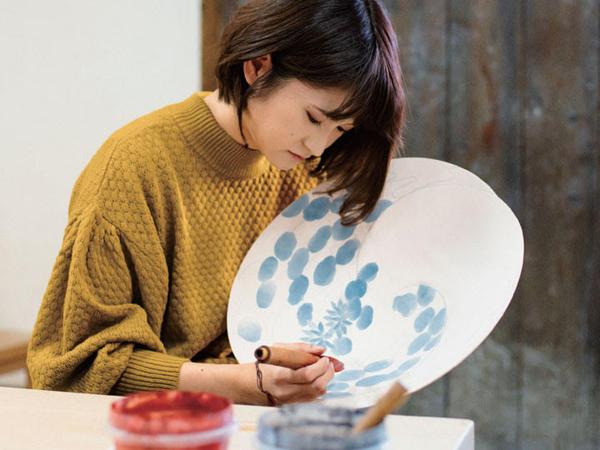
To create Seto blue and white porcelain, or “sometsuke-yaki,” a design is drawn on a porcelain body that will later become indigo blue in color. Delving into the world of sometsuke-yaki after being fascinated by the beauty of these ceramics, Morimoto comes up with unique shades of purple or green by mixing Gosu Blue pigment with copper or iron.
The graceful, flowing lines of the plants in her designs give a modern and stylish impression. Morimoto works to continuously produce new era works that are vibrant and fresh.
When Thinking of Seto, Take Note of Glasswork, Too
Manabu Saguchi’s “Seto Kiriko”
Dynamically cut motifs made up of many curved lines is characteristic of “Seto Kiriko.” Flower vases or sake sets in light or multiple colors are carved with various motifs such as dot patterns, Chinese inspired floral patterns, damask patterns, or arabesque patterns that catch the light and sparkle beautifully.
Try It in Seto! Experiential Spots
Aichi Prefectural Ceramic Museum

Make pottery while using a hand-operated potter’s wheel and experience painting your own plate or teacup. Choose from two types of pottery and nine kinds of bisque-painting original to the ceramic museum to achieve all kinds of results.

Aichi Prefectural Ceramic Museum
Exhibiting valuable documents related to the art, history and industry of ceramics, the Aichi Prefectural Ceramic Museum (formerly Aichi-ken Toji Shiryokan) is one of the nation’s leading museums specializing in ceramics!
Facility Details Here >>
A Direct Sales Shop for the Latest in Seto Ware
Seto-Gura Museum and Seto-Gura Ceramic Plaza
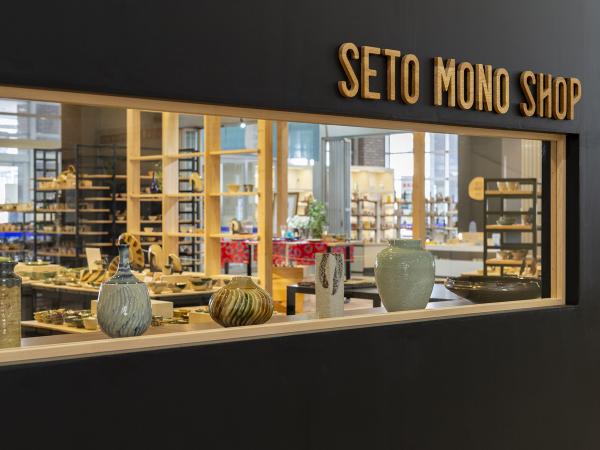
Seto-Gura Ceramic Plaza’s SETO MONO SHOP reopened in June 2020. A shop for the direct sales of ceramics, this well-known spot was renewed as a place to convey the latest in Seto ware to Seto’s visitors and residents.
Each time you visit you’ll make new discoveries, such as a zone where you can encounter the various attractions of Seto ware while finding your favorites or a zone that offers seasonal pieces and lucky charms for a lifestyle with Seto ware. Go on a search for your new favorite item.
On the second and third floors of Seto-Gura is a museum about the history of ceramics. On the second floor are extensive reproductions of the town from the 1950s and 60s. While walking down the nostalgic townscape, be sure to check out the hands-on Seto pottery experiences, too.

Seto-Gura Museum and Seto-Gura Ceramic Plaza
Seto-Gura is a tourism site in the center of Seto City. This is a facility where large numbers of citizens and sightseers gather, featuring the Seto-Gura Museum where you can find out all about Seto ware, Tsubaki Hall, a shop, meeting rooms, and so on.
Facility Details Here >>
Tokoname, a Town of Kyusu Teapots and Maneki-Neko Beckoning Cats
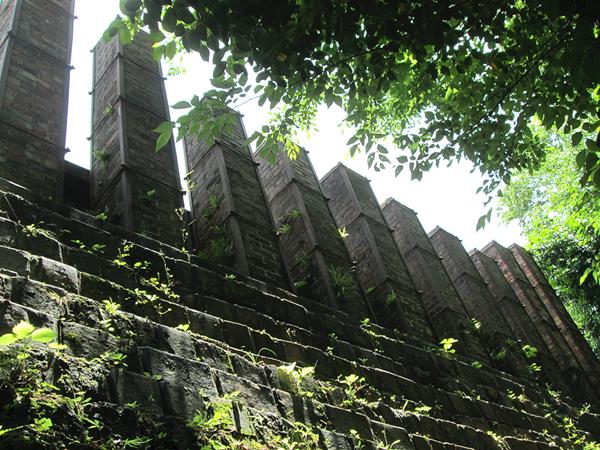
With history dating back to the end of the Heian period, Tokoname is said to be the oldest and largest production area of Japan’s Six Ancient Kilns. Tokoname’s large-scale pots or jugs were widely distributed, while earthenware pipes made in the Meiji period and Taisho period architectural ceramics contributed to Japan’s modernization.
Additionally, the production of Kyusu teapots which began in the Edo period is representative of Tokoname ware to this day. The production of maneki-neko beckoning cat figurines also thrives in this pottery town.
Tokoname’s Ceramic Artist, Haruko Harada
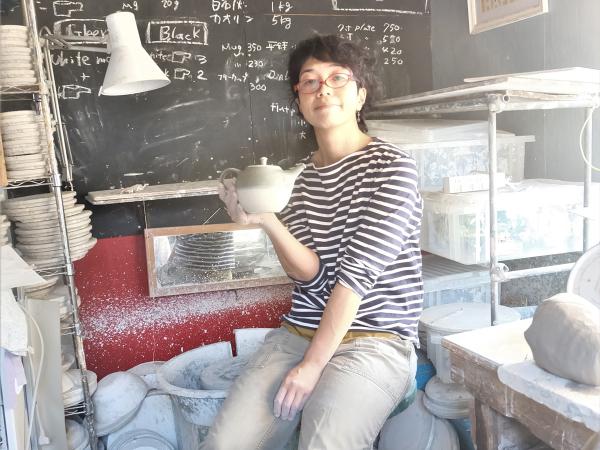
The appeal of Harada’s ceramics lies in their usability, with a graceful appearance that makes them enjoyable to use in everyday life. These works are loved by large numbers of fans not only in Aichi but also throughout Japan. During the annual Tokoname Pottery Festival, visitors line up in long queues for this popular ceramist.
Kyusu Teapot Artist, Yutaro Yamada
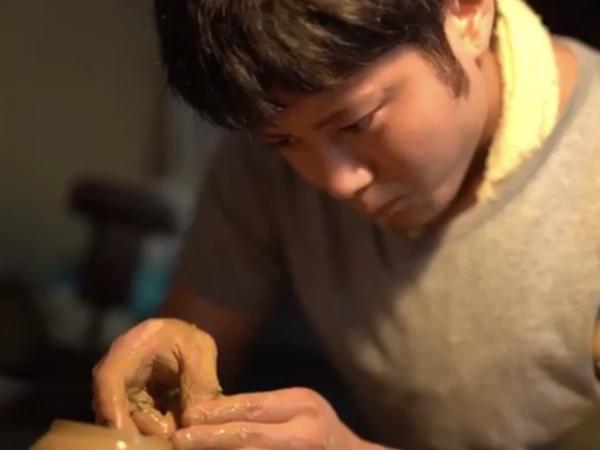
In Tokoname City, there’s only one artist in their 20s making traditional Kyusu teapots. Used where the spout connects to the main body, a finishing technique known as “hane” gives each teapot a sense of individuality. The holes of the beautiful tea strainers are also made with a highly skilled technique.
Depending on where the tea strainer is placed, the size of the holes changes, designed to control the flow of hot water when steeping tea. A lightness not found with traditional Kyusu is another strong point of these teapots. When brewing tea, the teapots have an ideal weight that’s easy to hold in your hand. The longer a Kyusu teapot is used, the mellower the taste.
Inheritor of Traditions and Innovator of New Ones, Yuji Koie
The Yamagen Toen company has continued to produce earthenware pots the same way since their establishment in 1967. A third-generation craftsman, company director Koie has taken the traditional Tokoname ware that is often vermillion in color and created ceramics in pale pastel colors. TOKONAME aims to be a brand that perpetuates the established techniques and materials of Tokoname ware while also being recognized as modern tableware.
Ceramic Glaze Magician, Shiori Miyoshi Janssen
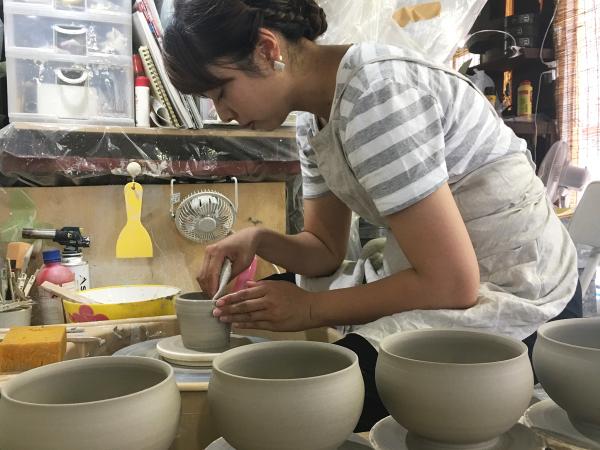
Janssen’s forte is her use of glaze to achieve soft, pale hues. Tokoname ware frequently has the texture of clay, but Janssen’s works are striking for their beautiful translucency formed by layer upon layer of ceramic glaze. This everyday tableware presents a gentle world much like a watercolor painting.
Creator of Wondrous Worlds, Hikari Masuda
You may be surprised by how Masuda’s charming and cute illustrated world are turned directly into three-dimensional ceramics, but you are likely to be even more surprised that this is regarded as Tokoname ware. This kind of Tokoname ware made with a sense of freedom gives Masuda’s works a curious charm and a prominent presence.
Black Glaze and Green Ash Magician, Tokuta Fujita
Fujita works with chic tableware under a basic theme of black or gray. Reminiscent of crystals, color variation during firing adds a gorgeous effect to his unique world of ceramics. Light, pleasant to the touch, and versatile, these excellent Tokoname ware Kyusu teapots bring out the umami taste of the tea for a remarkably mellow flavor.
Try It in Tokoname! Experiential Spots
TOKONAME STORE
TOKONAME STORE’s pottery workshop holds experiences using a technique called tatara molding. In this process, a slab of clay is shaped by smoothing it thinly and evenly or by slicing. Create your very own work by choosing the final color and the shape of the tableware and then adding decoration.
Since the products made are microwave, oven, and dishwasher safe, you can make vessels for everyday use.
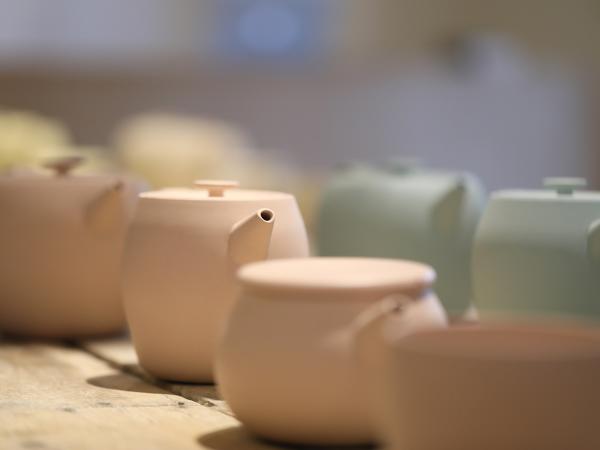
TOKONAME STORE
Under the red roof tiles of a big warehouse in Tokoname City are three smaller houses, each painted bright white. One of these is the STORE, where the Yamagen Toen company sells MOM Kitchen and TOKONAME brand pieces, as well as VISION GLASS products which can withstand direct heat.
Facility Details Here >>
INAX MUSEUMS
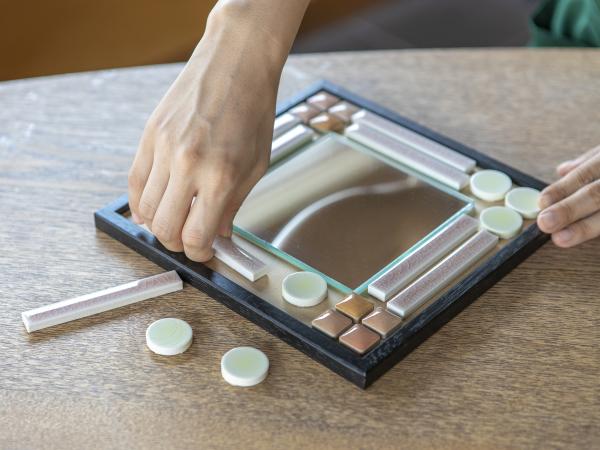
At the Tiling Workshop, you can experience making a photo frame, magnet, or other items using colorful tiles. Affix the tiles with paste and see these accessories become completely transformed. For those at an advanced level, the new Glanz Mosaic experience is recommended.
Mix and match tiles of various shapes, colors, and luster as you design a stylish board to use as a tabletop mirror or snack time tray.
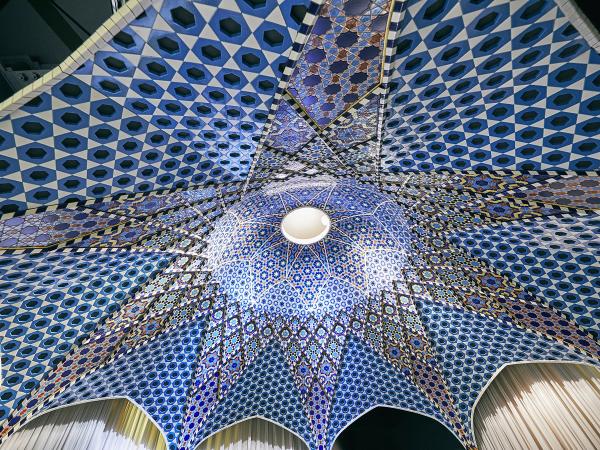
INAX MUSEUMS
One of LIXIL's global brands, INAX is widely known as a maker of sanitaryware ceramics which have become integrated into everyday life around the world. INAX MUSEUMS offers plenty of noteworthy sites and hands-on experiences with craftsmanship techniques developed in Tokoname.
Facility Details Here >>
Also Check Out This Column!
Designated as Japan Heritage! Unearth a Love for Pottery in Seto & Tokoname

